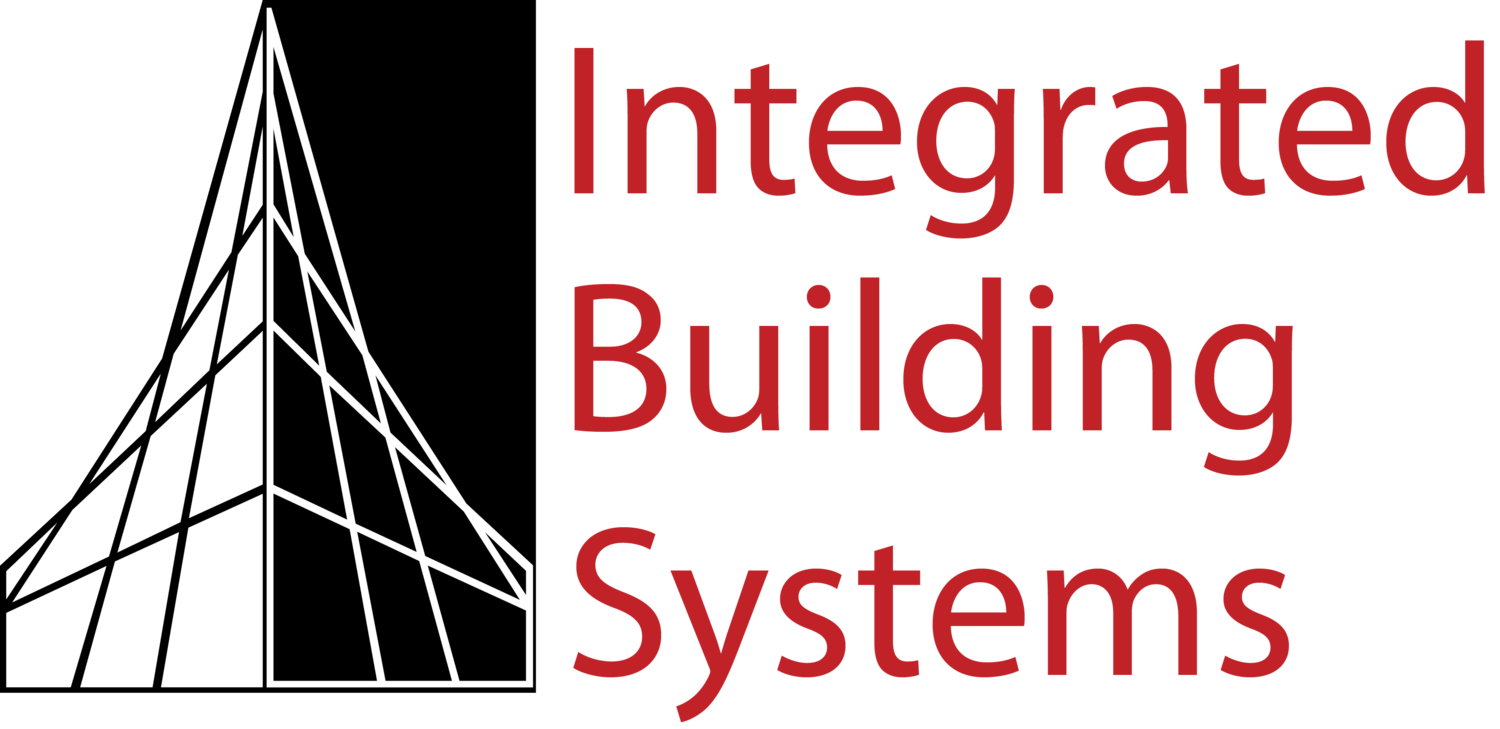From conference rooms to huddle spaces, reception areas to work cubicles, every type of office environment today requires high-speed technology in order to function at its highest potential.
Getting a fast, reliable information-technology network starts with a strong foundation: the low-voltage cabling infrastructure.
Follow these best practices for planning a structured cabling system that will support high-tech needs:
Select a cabling vendor early in your project. Often the cabling vendor is brought in after the office space has been designed. Skipping infrastructure planning during the design phase limits how effective and your network will be. Low-voltage cabling experts provide insight on where to place digital screens, how to set up data rooms and cabling pathways, and much more.
Take steps to future-proof your office. Today there may only be one desk in an office; next year there may be 10 or even 100. Have your cabling vendor install multiple drops in an office to anticipate changes in personnel and furniture placement.
Hire a cabling vendor with a licensed Registered Communications Distribution Designer on staff. This elite designation is your assurance that the technology designer has the necessary expertise to give you a well-planned system.
Investigate your warranty options. Many cable manufacturers will provide a 15-20-year warranty on products installed by certified installers. Look for installers pre-certified by the manufacturer to design your network and apply for the extended warranties. These warranties not only guard against product defects but assure that your current system will be supported for the warranty period.
Consider the future. How long will you be in your current space? If you have a only a 3-5-year lease, installing a premium solution may not be practical. How important is the speed of your network to your business? If slower response times are acceptable, a basic system may work.
Investigate how different cabling solutions will affect your business. Expect your cabling vendor to guide you to the best solution for your environment, tech needs, and budget. Find out whether category copper cabling, fiber optics, or even a passive optical network is the best fit.
Ask for testing results. Every wire should be tested to confirm that the system is in good working order. The test records are your quality assurance that everything was installed properly.
Final takeaway
Engage an expert to plan, design, and install infrastructure cabling for your project. Making decisions about this IT foundation without expert evaluation and input can have unforeseen consequences. You want to make sure you’re not overlooking something that will create a negative impact down the line.
Start a project with us
Contact Integrated Building Systems to schedule a conversation or a site visit.

